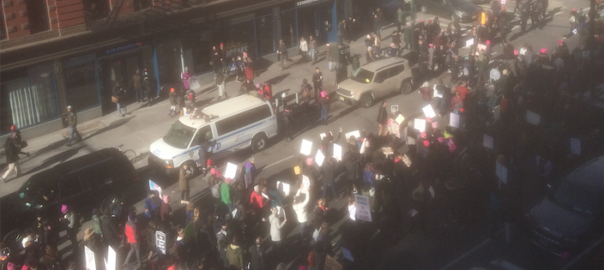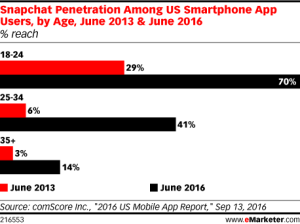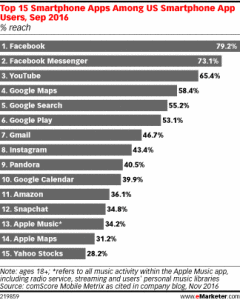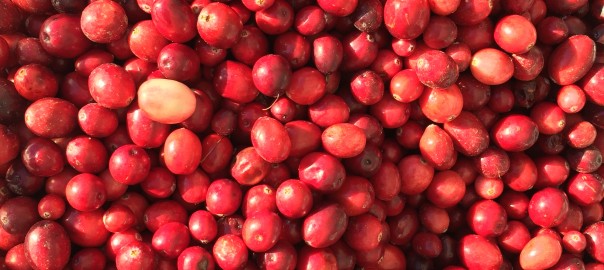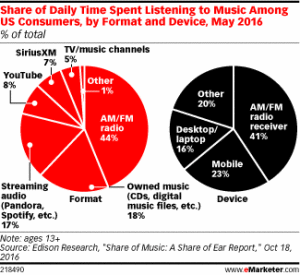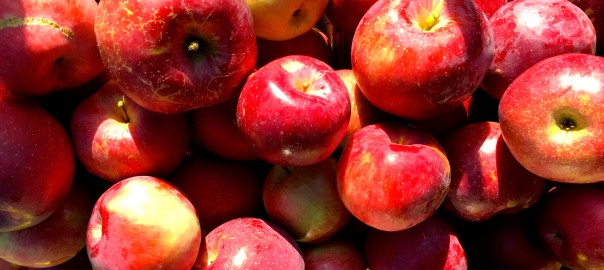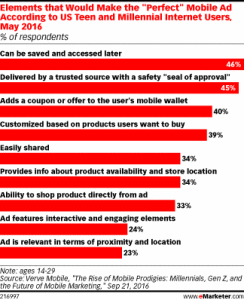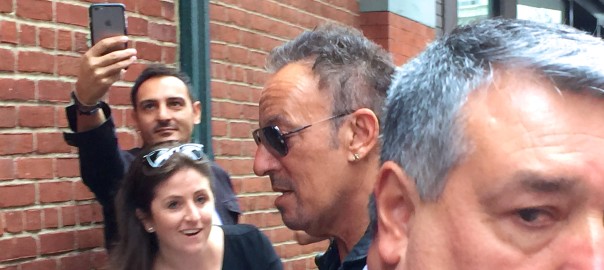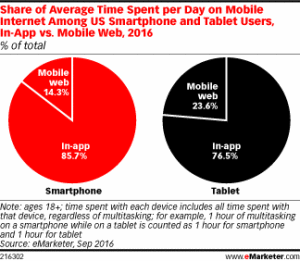THE FT: “HOW THE MAD MEN LOST THE PLOT”
In the FT, ad strategist Ian Leslie goes to battle with the notion that legacy media is dead and digital hypertargeting is the savior. Leslie cites the study that showed Pepsi’s decision to forego traditional advertising for a social media campaign delivered a large number of clicks and comments but very few sales. The FT goes on to talk about Byron Sharp’s provocative book, HOW BRANDS GROW:
“Sharp’s first law is that brands can’t get bigger on the back of loyal customers. Applying a statistical analysis to sales data, he demonstrates that the majority of any successful brand’s sales comes from “light buyers”: people who buy it relatively infrequently. Coca-Cola’s business is not built on a hardcore of Coke lovers who drink it daily, but on the millions of people who buy it once or twice a year. You, for instance, may not think of yourself as a Coke buyer, but if you’ve bought it once in the last 12 months, you’re actually a typical Coke consumer. This pattern recurs across brands, categories, countries and time. Whether it’s toothpaste or computers, French cars or Australian banks, brands depend on large numbers of people — that’s to say, the masses — who buy them only occasionally, leave long gaps between purchases and buy competing brands in
between.”
Not many book publishers have enough followers to employ retargeting, but for those that do, this article is worth reading to consider if retargeting is the best use of your limited marketing dollars. While all good marketing starts with the core audience, if you want to turn a predictably solid-selling book into a blockbuster, you need to reach beyond passionate, existing fans to a wider potential readership.
#retargeting #oldschool #mass
“ONLY DEAD FISH” REANIMATES THE ZOMBIE PLOT
On his blog, Only Dead Fish, Neil Perkin picks up Ian Leslie’s thread and runs with it in his commentary on a “Google Firestarter” event in London, along with reports on talks by Tom Goodwin and Tracey Follows. Worth a read for a dose of what advertising strategists are thinking these days: invisibility, authenticity, and bio-integration.
#onlydeadfish #googlefirestarter
PANDORA INTRODUCES NEW SPONSORSHIP OPPORTUNITIES
In an announcement that included improvements to their paid model, Pandora also announced changes to their ad supported model: with opportunities for brands to sponsor more playbacks and skips. Pandora continues to lead in the business of offering listeners value in exchange for their attention. They have proved a strong partner for book advertising in the past, and this announcement makes it clear that they intend to stay that way in the future.
#pandora #streaming
ADIDAS SAYS SNAPCHAT USER ENGAGEMENT IS “INSANE”
Adidas has seen much more engagement from their Snapchat videos than they have from YouTube. Here’s Business Insider with more details about what’s working for them on Snapchat, from experiments with Stories to Geofilters.
#snapchat #sports
ARE VIDEO ADS WORTH IT?
New surveys from various video measurement companies—including Nielsen and Limelight—suggest that 52% of U.S. users skip pre-roll whenever possible, and a majority do not like video ads at all. In fact, nearly 27% of users surveyed in the U.S., Australia, UK and Canada say that without an option to skip pre-roll they’d abandon the video they’d wanted to watch. So, while video engagement remains strong, it may be that paid ad resources are better put to other outlets.
#video
FACEBOOK ADMITS TO INFLATING VIDEO METRICS
So if pre-roll isn’t the answer to getting people to watch your video, is Facebook? While the social network has touted itself as the premier advertising platform for video, Facebook recently revealed that it has inflated its users’ average time spent watching video for the past two years. Here’s CNET on the controversy.
#facebook #video #metrics
TEENS ALL IN WITH YOUTUBE
A new poll from the National Cyber Security Alliance and Microsoft suggests that many more teens use Gmail than use social media platforms such as Instagram and Snapchat—and even more (91%!) use YouTube. Here’s the link to eMarketer’s story about the findings.
#teens #youtube #social
Photo (c) 2016 Martha Otis: A view from the Park during the fall PAMA event sponsored by Goodreads, and hosted by PAMA president Christian Toth

